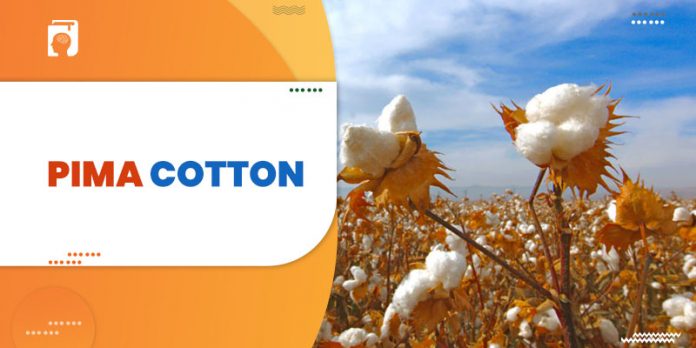Cultivated around 7000 years ago, cotton is the oldest natural fibre. It is the world’s favorite fibre for its comfort, softness, and durability. These features make it a perfect choice for clothing, textiles, bedding, etc.
According to The World Counts, the world produces 27 million tons of cotton annually.
This fibre has numerous applications and offers many benefits –
- Naturally sustainable
- Odour-free
- Hypoallergenic
- Versatile
- Low maintenance
- Cling-free
Further, the Pima cotton fabric does not release any microplastics and is 100% biodegradable and compostable. Strength is its unique characteristic.
Various cotton varieties were developed to improve the strength of the original one. Among the available varieties, Pima cotton is one. It is one of the most expensive types, with longer fibres than the conventional ones.
This article will help you know everything about Pima Cotton.
What is Pima Cotton?
Pima cotton, also known as extra-large staple (ELS) cotton, is a high-end variety with long fibres ranging from 1.4 to 2 inches. It is named after the Pima people living in Arizona, the United States of America.
Being a superior kind of cotton, it is incredibly soft and provides a high level of luxury. It is exceptionally durable, highly absorbent, and wrinkle-resistant. Manufacturers say Pima cotton has 50% more life expectancy than other fibres. Hence, pima cotton fabric is widely used for manufacturing high-end clothes and bedsheets.
Properties
The following are the remarkable features of the Pima fabric that make it a great choice:
- Highly breathable
- Extremely soft and luxurious
- Less chance of pilling and bubbling
- Medium stretchability
- Machine washable with warm water and tumble dried
- Low heat retention capability
History
Scientifically referred to as Gossypium barbadense, the cultivation of Pima dates back to the 1800s. Since then, it has been priced high. Other alternative names are Sea Island and Egyptian cotton. It was given the name sea island cotton because the western people on tropical islands like Barbados have grown it.
Furthermore, it is a small bush initially and grows to a small tree of height 1 to 2 meters. The leaves of this small tree are 8 to 20 cm long. The bright yellow flower on the tree yields long cotton fabric up to 2 inches.
Where is Pima Cotton Grown?
Pima originally started growing in the United States of America. The Pima people in Arizona knew growing it. In the 1900s, they assisted the United States Department of Agriculture (USDA) in its pilot G. barbadense project.
Until the last few decades of the 20th century, only the parts of the USA – California, Texas, Arizona, and New Mexico, cultivated Pima cotton. Today, it is popularly grown in India, China, and Pakistan, including the USA, and is known to be the highest quality cotton.
India, China, the USA, and Pakistan continue in the race to produce this fiber in large quantities.
Earlier, China was the largest exporter and producer of Pima cotton. However, India overtook China and became the No. 1 exporter of high-quality Egyptian Pima cotton. This upswing in producing this luxurious fabric is due to its hot and oppressive climate.
Uses
Like other types of cotton, Pima is used for manufacturing t-shirts, shirts, hoodies, underwear, and numerous types of clothing. Also, the most popular use of this fabric is seen in the production of bedsheets.
Further, the softness of the fabric makes it a perfect choice for producing luxury-oriented products – nightwear, loungewear, bathrobes, etc.
The durability, luxurious texture, and softness make this fabric a go-to option for any clothing and bedding.
How is Pima Fabric Manufactured?
As discussed above, Pima originates from the yellow flower that blooms on a small tree. The flower has five petals, and each petal is 8 cm long. The long capsule, bole, has three parts, each producing 5-8 seeds. When the bole is matured enough, it opens up, revealing a snowball of fibre. The seeds in a bole emanate the fibre.
Here are the steps for producing the Pima fabric:
1. Seed Picking
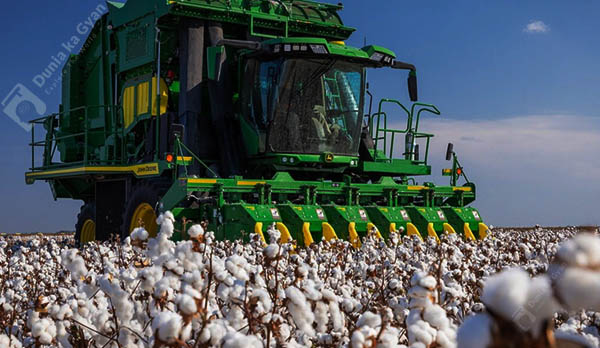
Once the cotton trees bloom with white snowballs of fibre on yellow flowers, they are ready to pick and collect. Earlier, people used to collect cotton seeds with their hands, an intimidating process consuming a lot of time.
The inception of the cotton gin or cotton engine made this process easy and quick. The machine collects the seeds in mass but degrades the quality of the final product. As a result, Pima cotton seeds are handpicked to maintain the fibre’s quality.
2. Condensing

After collecting seeds, they go through the process of condensation and transform into bales. The bales are then moved to the factory floor and stored in the “opening room”.
Further, the cotton opening machine takes bales and pulls out the raw cotton fibres.
3. Mixing and Carding
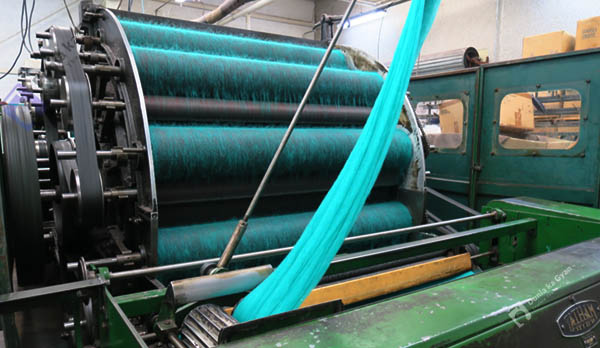
The process of mixing merges all the fibres extracted from the bales. The mixed product then undergoes carding.
Carding is the process of pulling out cotton fibres into parallel orientations. Doing this converts raw cotton into long rope-like strands.
4. Combing and Wounding
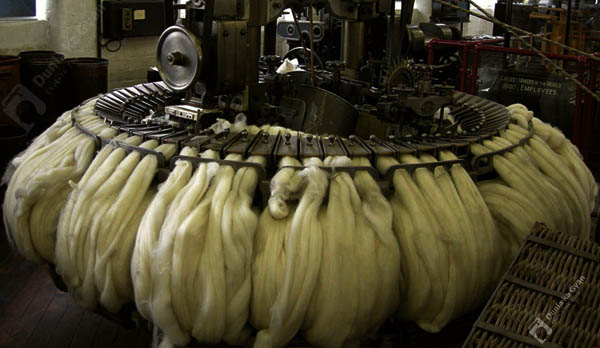
After combing with a machine, the strands eliminate all impurities and dirt. The wounding process takes the combed, long cotton strands, loads them into bobbins, and wounds them onto spools.
5. Spinning and Weaving
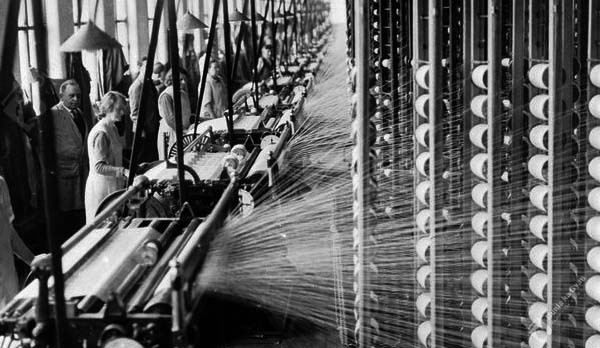
The cotton strands spools are spun into yarn and, finally, weaved into fabric.
This method produces the fabric in mass and sometimes may degrade the quality of the end product. Hence, many manufacturers choose small-batch protocols to produce the fabric. Also, many opt for hand carding, spinning, and weaving rather than machines.
When the production of Pima cotton takes place organically and is spun without any chemicals, it is considered top-notch quality.
As you can see in the whole process, there is no use of any chemical solvents or other harmful substances. Still, many manufacturers use bleach or other combustible substances to maintain the fabric clean.
Types of Pima Cotton
You get three types of Pima cotton – Supima, Sea Island, and Egyptian.
1. Supima
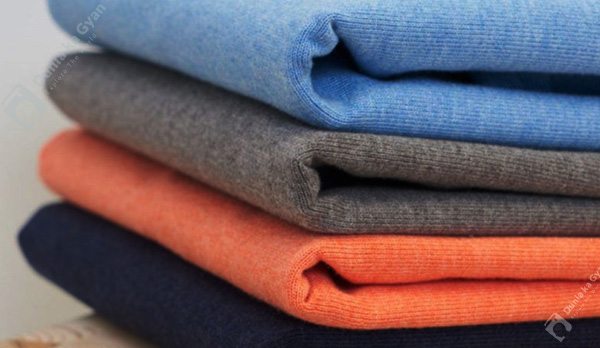
It is a high-end and top-notch quality version of Pima cotton. Supima is a portmanteau of ‘Superior’ and ‘Pima’. The primary difference between Pima and Supima is that the latter is subjected to more stringent manufacturing controls and standards.
The remarkable attribute of Supima is it is an extra-long staple fibre which makes it strong, soft, and luxurious. Even after numerous washes, the fabric retains its colour, softness, and comfort.
The term ‘Supima’ is a trademark for the extra-long staple fabric produced in America. This trademark differentiates Pima fabric produced in America from the fabrics made in other countries. The products must pass through a licensed supply chain to get this trademark.
2. Sea Island
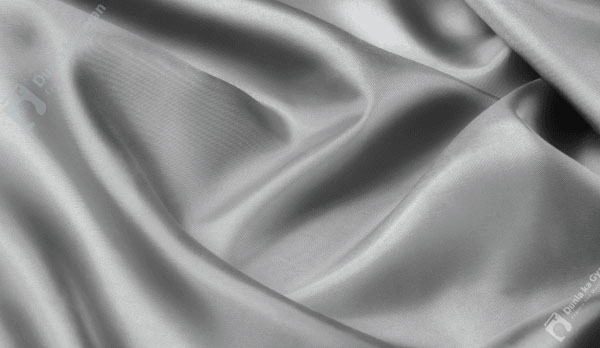
Though it is not produced in mass currently, it has a great place in the history of Pima cotton. Francis Levett, a British immigrant to the US, was one of the planters of Sea Island. Further, people from Barbados migrated to the barrier islands off the coasts of South Carolina and Georgia to cultivate Sea Island cotton.
It was among the most expensive types of colonial cotton. Due to its ultra-soft texture, it was often blended with silk.
However, after the invention of the cotton gin at the end of the 1700s, many cultivators opted for short-staple cotton. Hence, there was an end to the production of sea island.
3. Egyptian
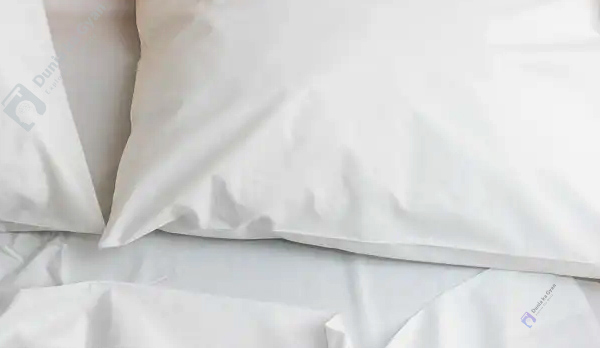
As the name suggests, Egyptian cotton is the fabric the people from Egypt produce. It is not the same as Pima cotton. Manufacturers of cotton products using Egyptian fabric label their products “Egyptian cotton”. This implies that the products are not made from fabric originating from G. barbadense.
This type of fibre comes in different varieties – made from the extra-long staple (ELS) and long-staple (LS). The long-staple fabric is not as soft as ELS fabric and is not resistant to pills like ELS.
One of the varieties of Egyptian cotton is Giza 45. Each square inch of fabric has a thread count of 1000. This makes it the softest and the most luxurious form of fabric.
Cost of Pima Cotton
Due to the extra-soft texture and incredibly luxurious comfort, Pima cotton is costly.
More importantly, the cost of the fabric varies depending on the manufacturing country and the process used. If the fabric is hand-made, it costs high due to its quality.
Pima cotton costs twice as short-staple cotton. On the flip side, Supima cotton costs three times the price of the normal one. When you buy Supima products, there is a guarantee of high-quality fabric approved by ASA (American Supima Association).
To understand the price of Supima, the following graph illustrates the 6-year American Pima quotation history.
Conclusion
Pima cotton is preferred for comfort, softness, and luxury. It is usually handpicked and undergoes manual processes to produce high-quality fabric. Also, it does not require any chemical solvent while production. This makes it an environment-friendly fabric.
Check for the Supima label on the clothes while buying, as it is a trademark for the fabric produced in America.
I hope this article has enlightened you on the history, uses, cost, and procedure of producing the Pima fabric.
People are also reading:
- Best Underwear Brands
- Best Streetwear Brands
- Best Kids Clothing Brands
- Best Brands to Buy Baby Clothes
- Clothing Brand in the World
- Toy Brands for Babies
- Fashion Designers in the World
- Interior Designers in the World
- Expensive Footwear Brand
Frequently Asked Questions
1. Is Pima cotton better than regular cotton?
Yes, Pima cotton is better than the regular one. It is softer, more comfortable, durable, and more luxurious than other types.
2. Is Pima cotton more expensive than a traditional one?
Yes, Pima cotton is more expensive than the traditional one due to its long fibers of 1.2 to 4 inches and ultra-softness.
3. Which is the best type of Pima cotton?
Supima (Superior Pima) cotton is the best type of Pima cotton.
4. What are the benefits of Pima cotton?
It is durable, resistant to pills, extra soft, luxurious, and wrinkle-resistant. Hence, it is the most preferred fabric.
5. Which country is the biggest producer of Pima cotton?
Recently, India has surpassed China in producing and exporting Pima cotton.
6. Is Pima cotton breathable?
Yes, Pima cotton is highly breathable. Also, it is highly absorbent and lightweight.



